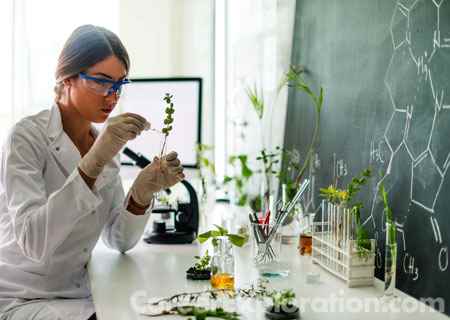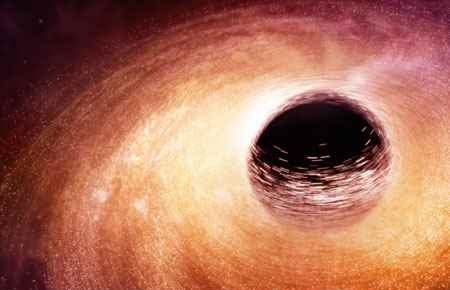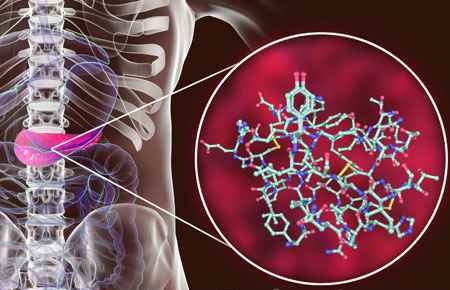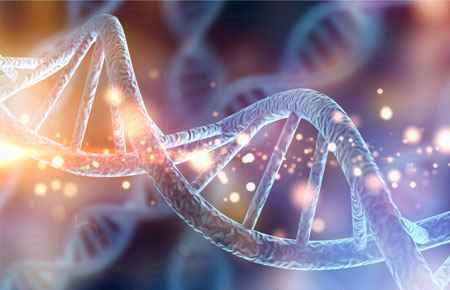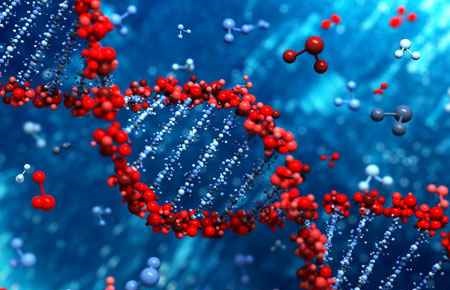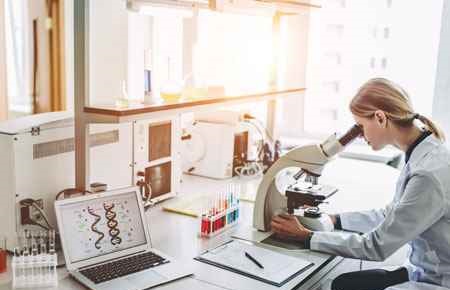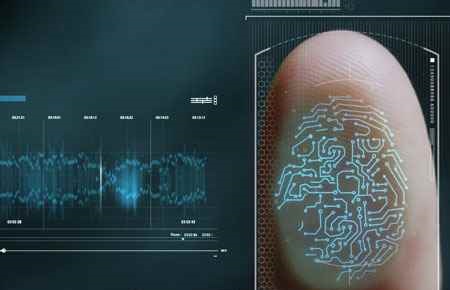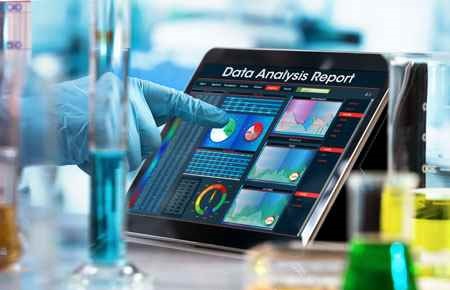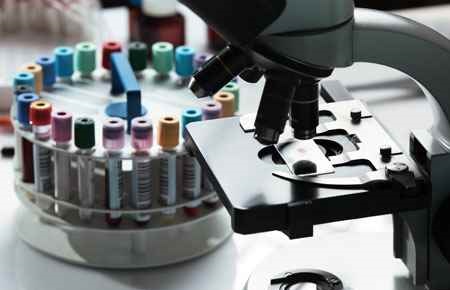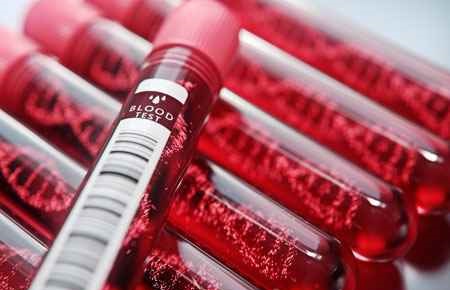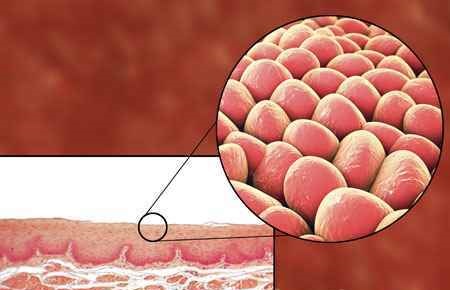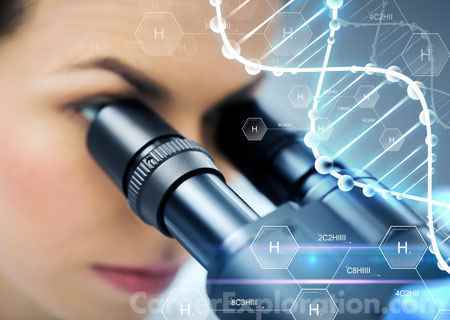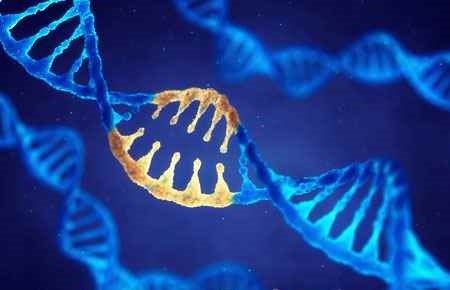
Biology Majors
Jump down to your section
- Biochemistry, Biophysics and Molecular Biology
- Biology, General
- Biomathematics, Bioinformatics, and Computational Biology
- Biotechnology
- Botany/Plant Biology
- Cell/Cellular Biology and Anatomical Sciences
- Ecology, Evolution, Systematics, and Population Biology
- Genetics
- Microbiological Sciences and Immunology
- Molecular Medicine
- Neurobiology and Neurosciences
- Pharmacology and Toxicology
- Physiology, Pathology and Related Sciences
- Zoology/Animal Biology
Biology Career Resources
Biochemist and Biophysicist
Summary
Biochemists and biophysicists study the chemical and physical principles of living things and of biological processes.
What they do
Biochemists and biophysicists study the chemical and physical principles of living things and of biological processes, such as cell development, growth, heredity, and disease.
Biochemists and biophysicists typically do the following:
- Plan and conduct complex projects in basic and applied research
- Manage laboratory teams and monitor the quality of their work
- Isolate, analyze, and synthesize proteins, fats, DNA, and other molecules
- Research the effects of substances such as drugs, hormones, and nutrients on tissues and biological processes
- Review literature and the findings of other researchers and attend conferences
- Prepare technical reports, research papers, and recommendations based on their research findings
- Present research findings to scientists, engineers, and other colleagues
- Secure funding and write grant applications
Biochemists and biophysicists use advanced technologies, such as lasers and fluorescent microscopes, to conduct scientific experiments and analyses. They also use x-rays and computer modeling software to determine the three-dimensional structures of proteins and other molecules. Biochemists and biophysicists involved in biotechnology research use chemical enzymes to synthesize recombinant DNA.
Biochemists and biophysicists work in basic and applied research. Basic research is conducted without any immediately known application; the goal is to expand human knowledge. Applied research is directed toward solving a particular problem.
Biochemists, sometimes called molecular biologists or cellular biologists, may study the molecular mechanisms by which cells feed, divide, and grow. Others study the evolution of plants and animals, to understand how genetic traits are carried through successive generations.
Biophysicists may conduct basic research to learn how nerve cells communicate or how proteins work. Biochemists and biophysicists who conduct basic research typically must submit written grant proposals to colleges and universities, private foundations, and the federal government to get the money they need for their research.
Biochemists and biophysicists who conduct applied research attempt to develop products and processes that improve people’s lives. For example, in medicine, biochemists and biophysicists develop tests used to detect infections, genetic disorders, and other diseases. They also develop new drugs and medications, such as those used to treat cancer or Alzheimer’s disease.
Applied research in biochemistry and biophysics has many uses outside of medicine. In agriculture, biochemists and biophysicists research ways to genetically engineer crops so that they will be resistant to drought, disease, insects, and other afflictions. Biochemists and biophysicists also investigate alternative fuels, such as biofuels—renewable energy sources from plants. In addition, they develop ways to protect the environment and clean up pollution.
Work Environment
Biochemists and biophysicists typically work in laboratories and offices, to conduct experiments and analyze the results. Those who work with dangerous organisms or toxic substances in the laboratory must follow safety procedures to avoid contamination.
Most biochemists and biophysicists work on teams. Research projects are often interdisciplinary, and biochemists and biophysicists frequently work with experts in other fields, such as physics, chemistry, computer science, and engineering. Those working in biological research generate large amounts of data. They collaborate with specialists called bioinformaticians, who use their knowledge of statistics, math, engineering, and computer science to mine datasets for correlations that might explain biological phenomena.
How to become a Biochemist or Biophysicist
Biochemists and biophysicists need a Ph.D. to work in independent research-and-development positions. Most Ph.D. holders begin their careers in temporary postdoctoral research positions. Bachelor’s and master’s degree holders are qualified for some entry-level positions in biochemistry and biophysics.
Most Ph.D. holders in biochemistry and biophysics have bachelor’s degrees in biochemistry or a related field, such as biology, chemistry, physics, or engineering. High school students can prepare for college by taking classes related to the natural and physical sciences, as well as math and computer science.
Students in bachelor’s degree programs in biochemistry or a related field typically take courses in math, physics, and computer science in addition to courses in the biological and chemical sciences. Courses in math and computer science are important for biochemists and biophysicists, who must be able to do complex data analysis. Most bachelor’s degree programs include required laboratory coursework. Additional laboratory coursework is excellent preparation for graduate school or for getting an entry-level position in industry. Students can gain valuable laboratory experience by working for a university’s laboratories. Occasionally, they can also gain such experience through internships with prospective employers, such as pharmaceutical and medicine manufacturers.
Ph.D. programs typically include advanced coursework in topics such as toxicology, genetics, and proteomics (the study of proteins). Several graduate programs include courses in bioinformatics, which involves using computers to study and analyze large amounts of biological data. Graduate students also spend a lot of time conducting laboratory research. Study at the master’s level is generally considered good preparation for those interested in doing hands-on laboratory work. Ph.D.-level studies provide additional training in the planning and execution of research projects.
Pay
The median annual wage for biochemists and biophysicists was $94,490 in May 2019. The median wage is the wage at which half the workers in an occupation earned more than that amount and half earned less. The lowest 10 percent earned less than $50,620, and the highest 10 percent earned more than $182,870.
Job Outlook
Employment of biochemists and biophysicists is projected to grow 4 percent from 2019 to 2029, about as fast as the average for all occupations. Biochemists and biophysicists will continue to be needed to do basic research that increases scientific knowledge and to research and develop biological products and processes that improve people’s lives. Techniques, tools, and applications of biochemistry and biophysics are expanding as technology and knowledge progress. However, budgetary concerns may limit researchers’ access to funding for basic research.
Similar Job Titles
Analytical Research Chemist, Biochemist, Biophysics Researcher, Research Affiliate, Research Associate, Scientist
Related Occupations
Biochemical Engineer, Biologist, Microbiologist, Molecular and Cellular Biologist, Geneticist
More Information
The trade associations listed below represent organizations made up of people (members) who work and promote advancement in the field. Members are very interested in telling others about their work and about careers in those areas. As well, trade associations provide opportunities for organizational networking and learning more about the field’s trends and directions.
- American Association for the Advancement of Science
- American Institute of Chemical Engineers
- American Society for Biochemistry and Molecular Biology
- American Society for Cell Biology
- American Society for Clinical Pathology
- American Society for Mass Spectrometry
- American Society for Microbiology
- AOAC International
- Association for Women in Science
Magazines and Publications
- The Scientist Magazine
- Biochemical Society Publications
- Biophysical Society Journal
- Portland Press Biochemist
- Quanta Magazine
